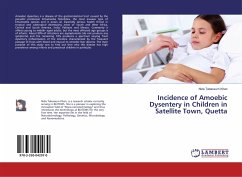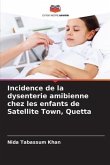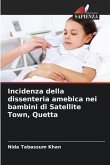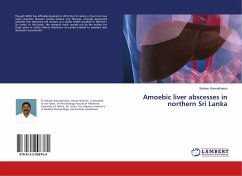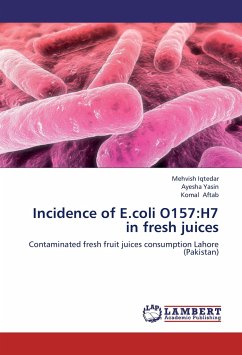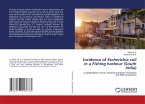Amoebic dysentery is a disease of the gastrointestinal tract caused by the parasitic protozoan Entamoeba histolytica, the most invasive type of Entamoeba species and it poses an especially serious health threat in tropical and subtropical developing areas of South and West Africa, Central and South America, India, Pakistan and Mexico. Commonly it affects young to middle- aged adults, but the most affected age groups is of infants. About 90% of infections are asymptomatic (do not produce any symptoms) and the remaining 10% produces a spectrum varying from dysentery (inflammation of the intestine characterized by the frequent passage of feces with blood and mucus) to amoebic liver abscess. The main purpose of this study was to find out that why this disease has high prevalence among infants and preschool children in particular.
Bitte wählen Sie Ihr Anliegen aus.
Rechnungen
Retourenschein anfordern
Bestellstatus
Storno

